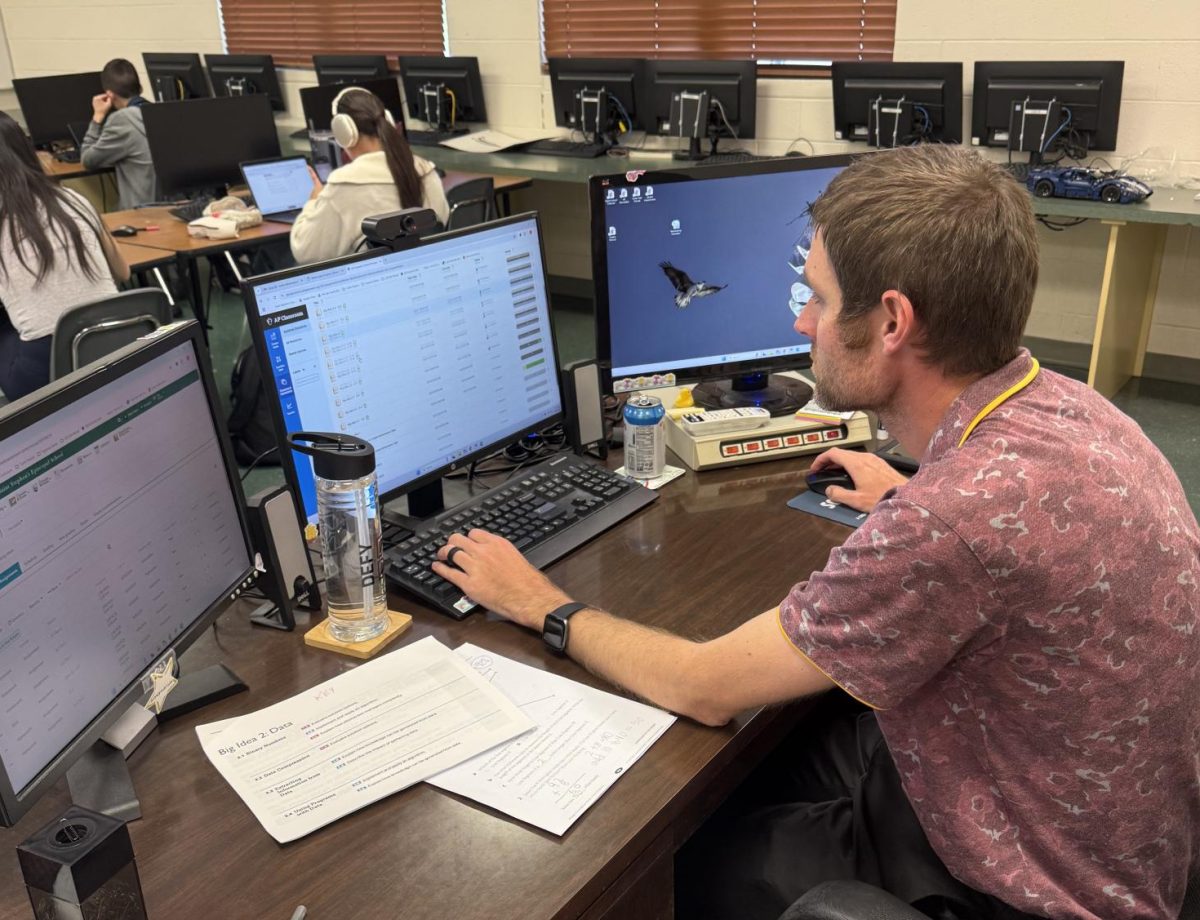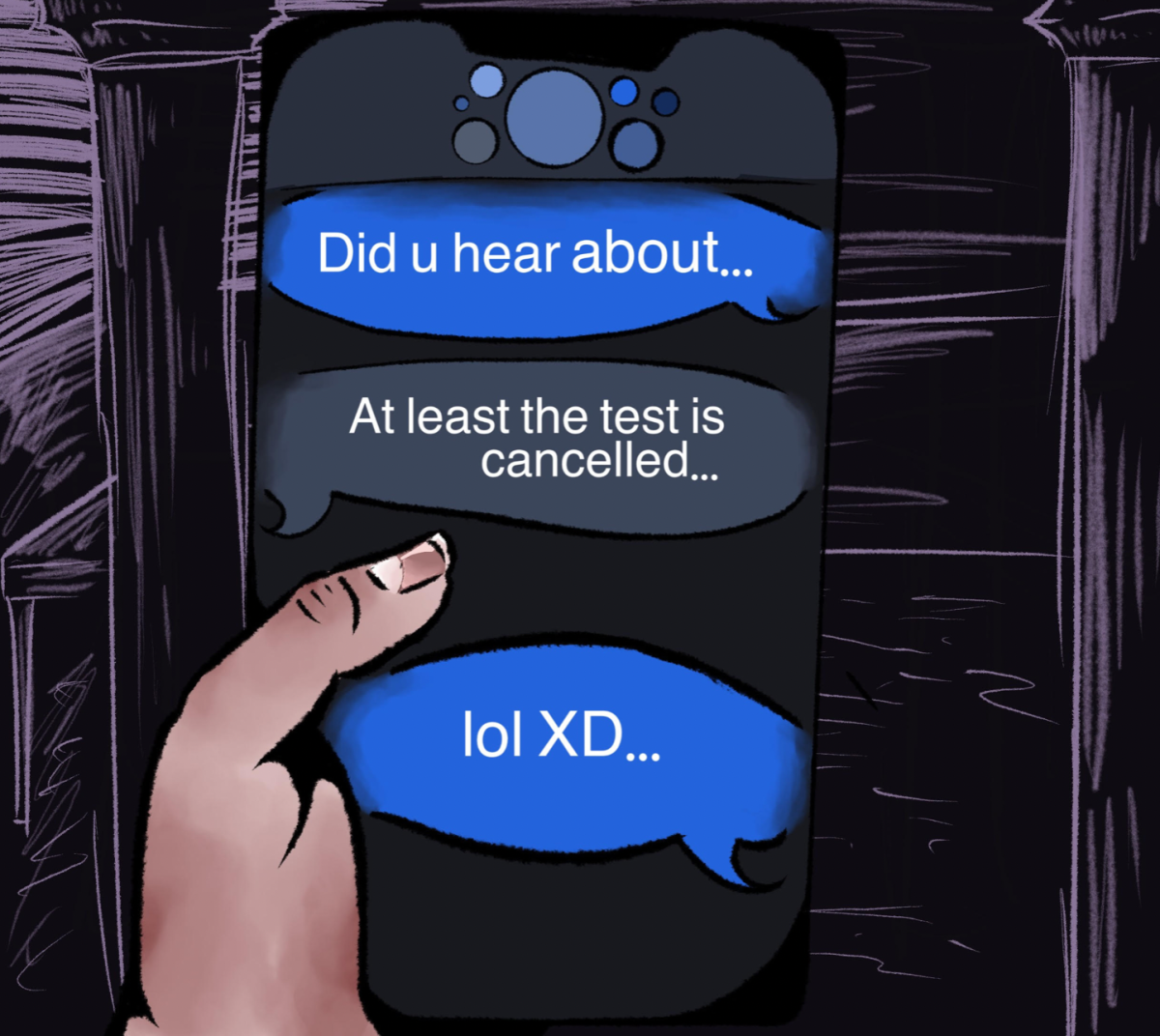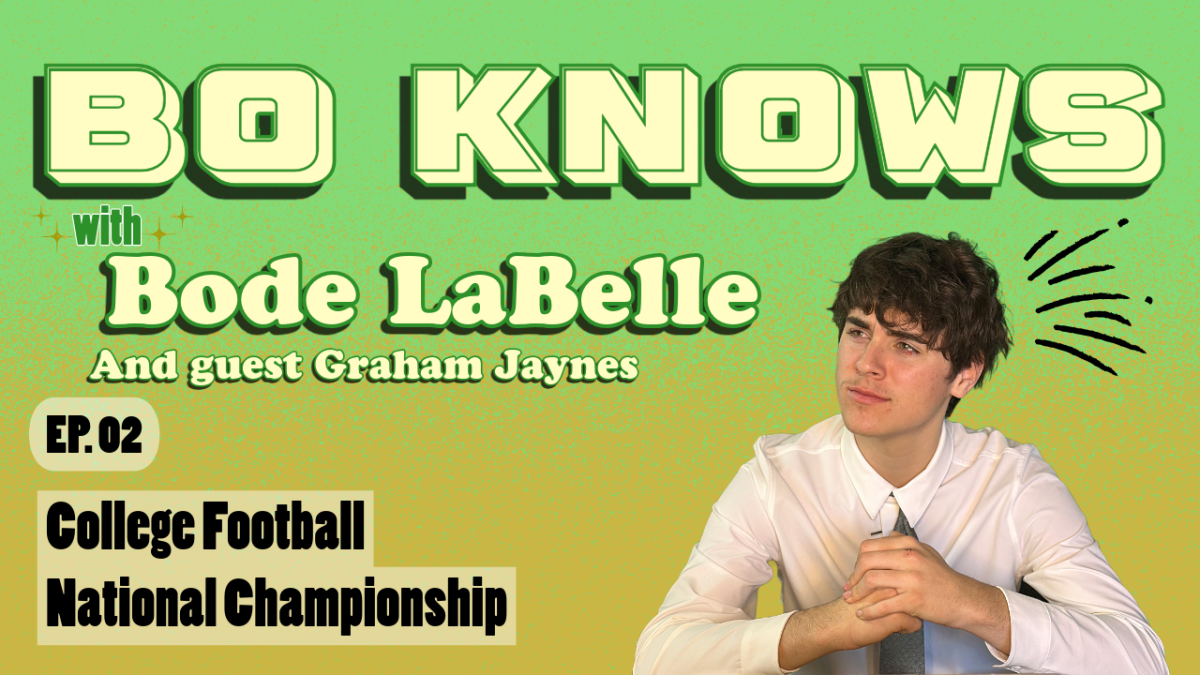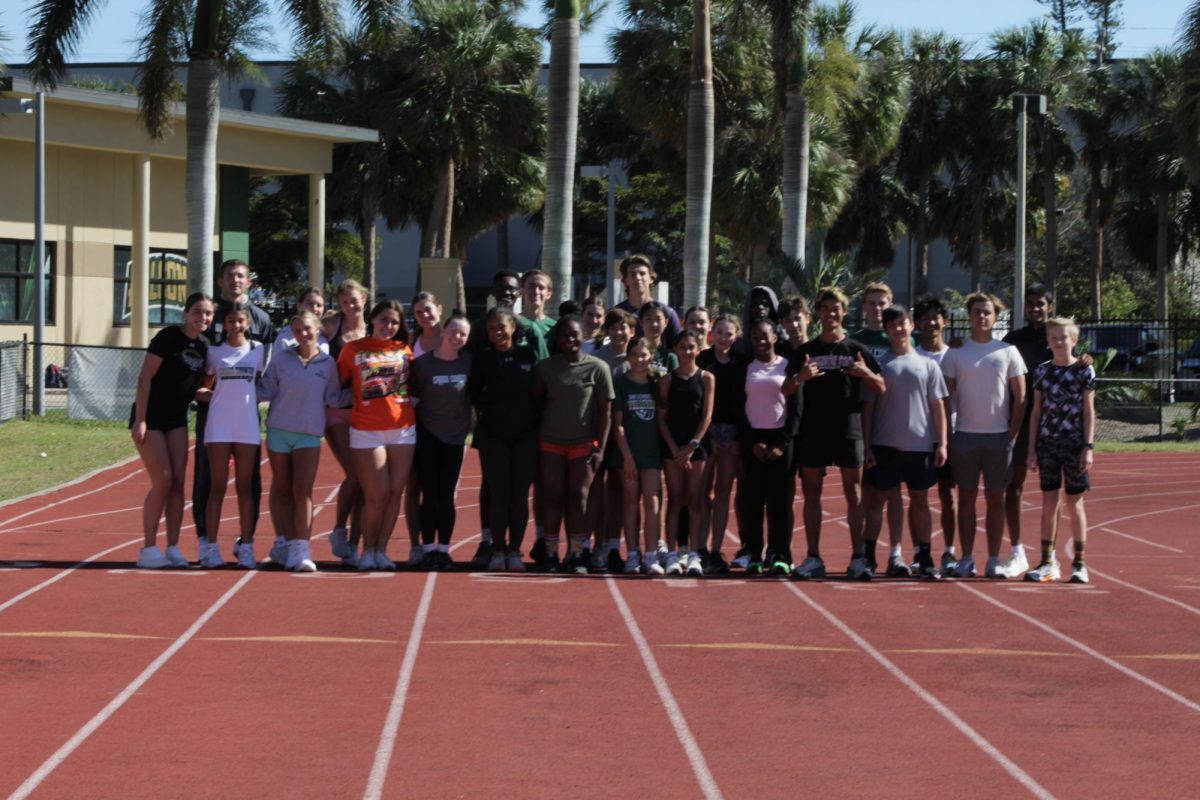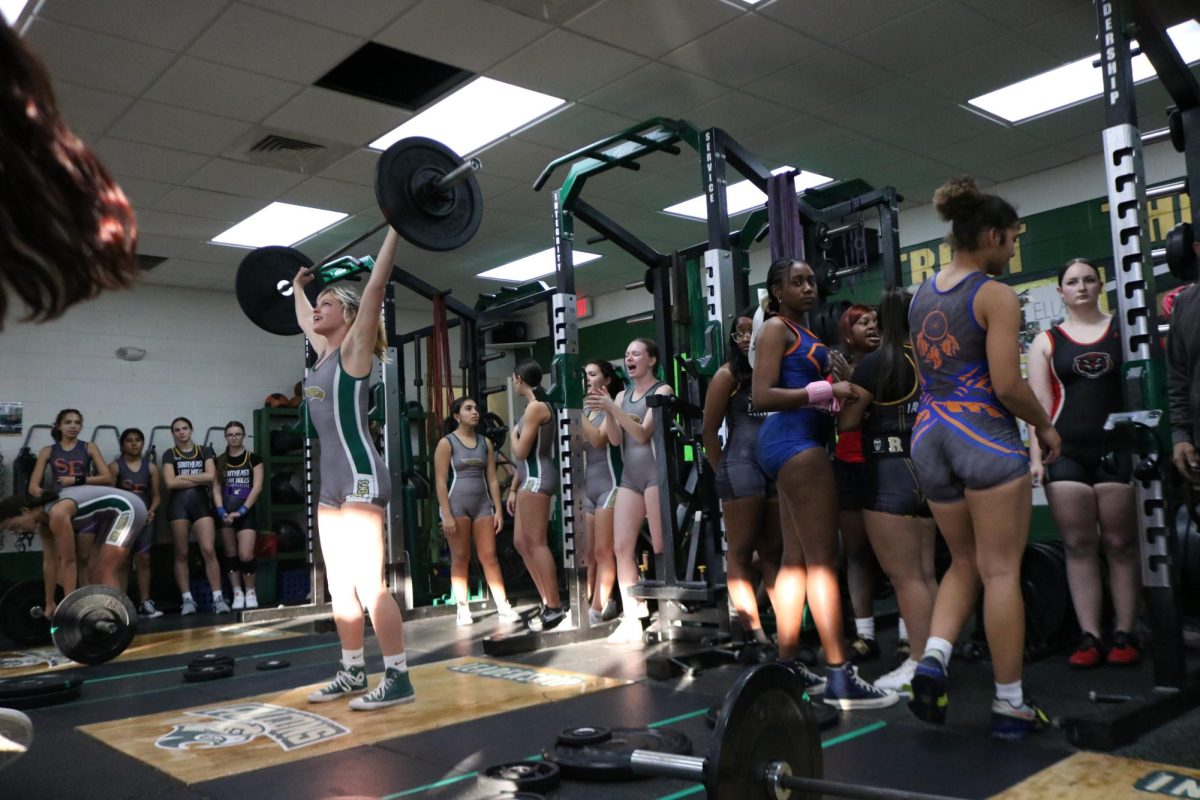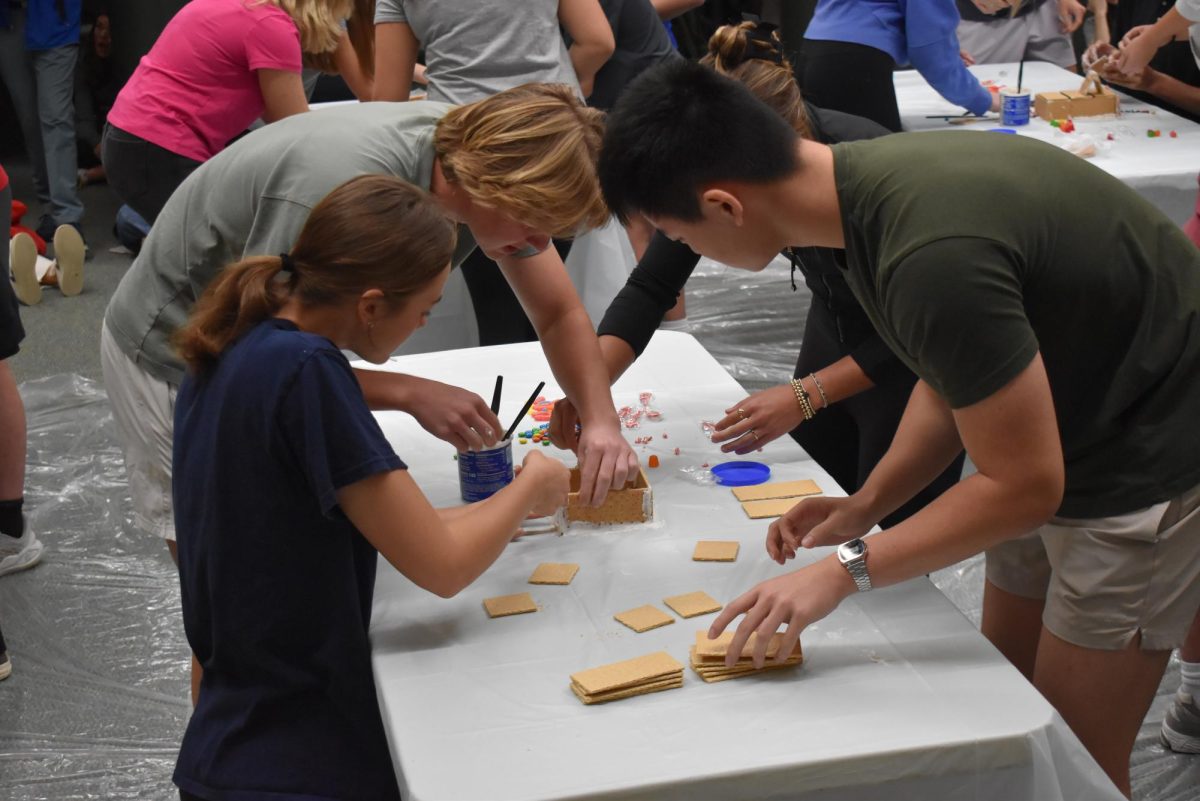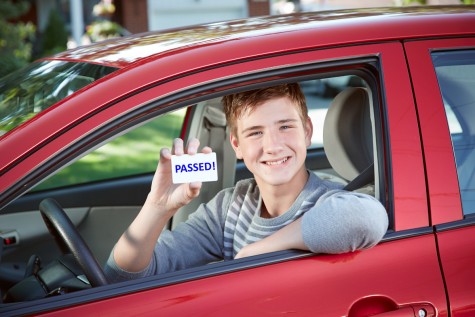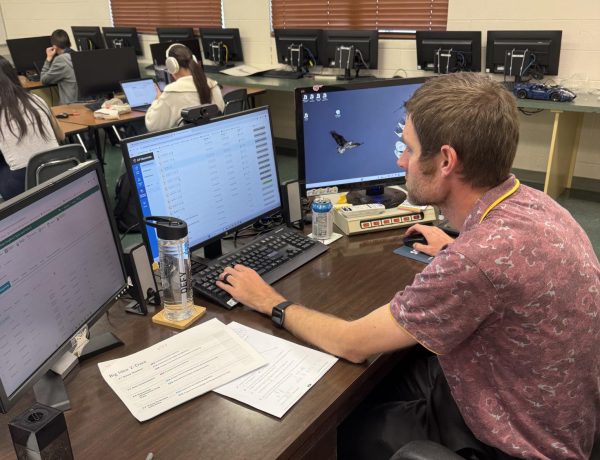Road test coming up? Follow these tips to pass the first time
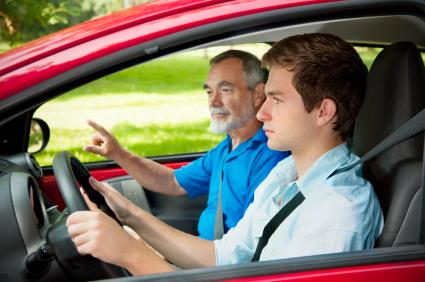
May 6, 2016
Before you are able to drive alone on the road, you must first pass the infamous road test. The test is available to all teenagers 16 or older who have had a learner’s permit for a minimum of a year. These top ten tips are lessons that I learned while taking my test this past year. They helped me be successful and hopefully, the tips will make this infamous test a little less intimidating.
1. Indicators Indicators Indicators
During the test the examiner is closely watching every one of your actions and decisions. The way that people taking the test generally lose the most points is by not using blinkers or indicators. Most people know that indicators are to be used when switching lanes and when turning left or right on the road. But the biggest mistake I made was not using them in the parking lot. When pulling into the parking spot, you have to indicate the direction you will be turning your vehicle. This is only a minor error but is an easy thing to correct. The examiner will have you perform a 3-point turn and you have to use your indicator signaling the way you are turning first and last. It isn’t necessary to use an indicator on the intermediate turn, but it wouldn’t hurt.
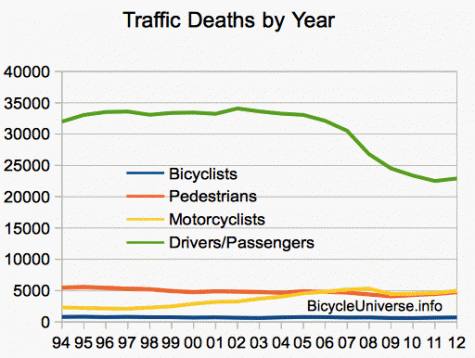
2. Showing you care
Showing the driving instructor that passing the test does matter to you will translate into a better score overall. Small mistakes that could be counted off may be forgiven based on how much you show them you care about the test. Also, being polite when talking with them will do the same thing as showing you care. Something that worked for me is asking clarifying questions during the test to show them you want to improve your driving skills above all.
3. Parking in tight area
In the test you’re expected to park your vehicle in a tight parking spot. On the parking spot there are four poles that show you the confines of the spot. Two poles on the end of the spot and two poles in the middle of the spot. The spot is very tight and so it’s difficult to get your vehicle in successfully. If you hit your car on any of the poles it is an automatic test failure, so be sure you know how to maneuver a vehicle in close quarters. I would recommend finding a tight parking spot in a parking lot and make sure your front and rear tires do not go over the white lines.
4. Knowing what you are doing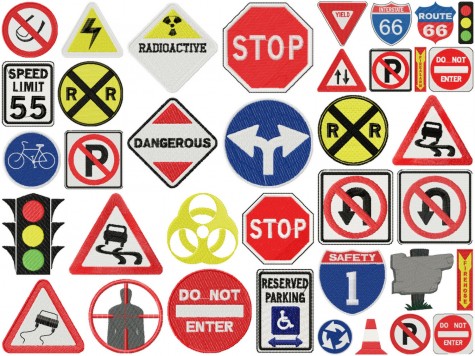
The examiner will be testing your knowledge of this information throughout the road test.
Signage, such as stop signs, yield signs, and no-right-on-red signs may show up and you need to know what each one means and how to react accordingly. Similar to this, being able to react to emergency vehicles is crucial. Although it may be stressful when an emergency vehicle comes up behind you, be sure to know what to do. You need to know when to stop and anticipate which side of your car he will be going to in order to pull off to the side of the road, creating more room for the vehicle to pass.
5. How to park on a hill
Because we live in Florida, and there are no hills to practice this on. Nonetheless, the examiner will ask you how to park on a hill. You have think if your parking brake were to fail you want your car to roll into the curb. So when parked on an uphill, turn the wheels away from the curb and on a downhill turn the wheels towards the curb. Apart of this question is also telling the examiner to turn the car off when you have your car parked. Although this may sound like a silly thing to have to say they will take points off if you don’t mention it.
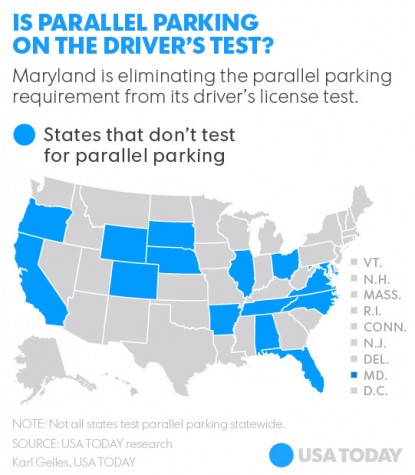
6. Always drive and perform maneuvers at a safe speed. And be aware!
I noticed the examiner always checking my speed and the respective speed limits. It is always a safe bet to stay in the right lane when you can and staying about 5 mph under the speed limit. Keep it around five under, though, because 10 mph under the examiner can get you for going too slowly and then anything over they can obviously knock you for speeding.
7. Make sure that everything on your vehicle is in working order: lights, brakes and?
This is just a basic step to take, but before you leave for the test, make sure everything on your vehicle is in working order. If it isn’t, the examiner will not even get in the car with you
8. Where things are in the car
The examiner will be checking how quickly you are able to locate basic controls in your car. Therefore, pick a car that you are comfortable in. You need to know where the wipers, indicators, and headlights are located.
9. Small cars are always better than SUVs
As I mentioned before, you are expected to park in a small parking spot, meaning that a smaller car is easier to park in the space. Similarly, the three-point maneuver is easier in a small vehicle.
10. Practice makes perfect
Lastly, the biggest thing is practicing all of these tips. Practice will not only make you more confident on the test, but it will make it so that you actually perform better, too.
With these ten tips you should be set up well to pass your driving test the first time through!

